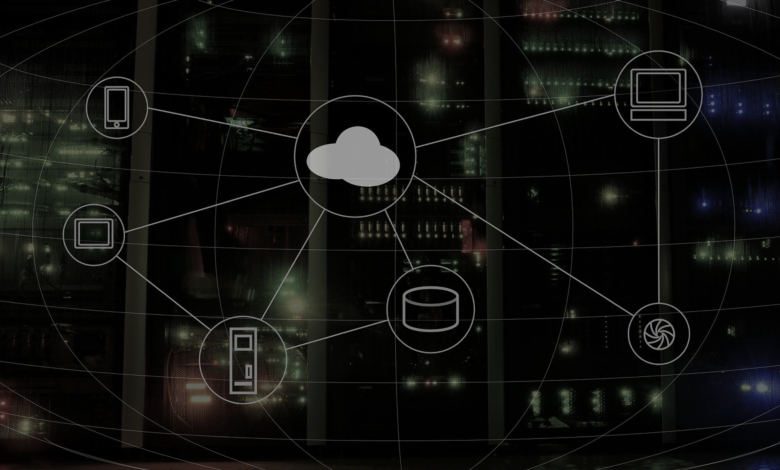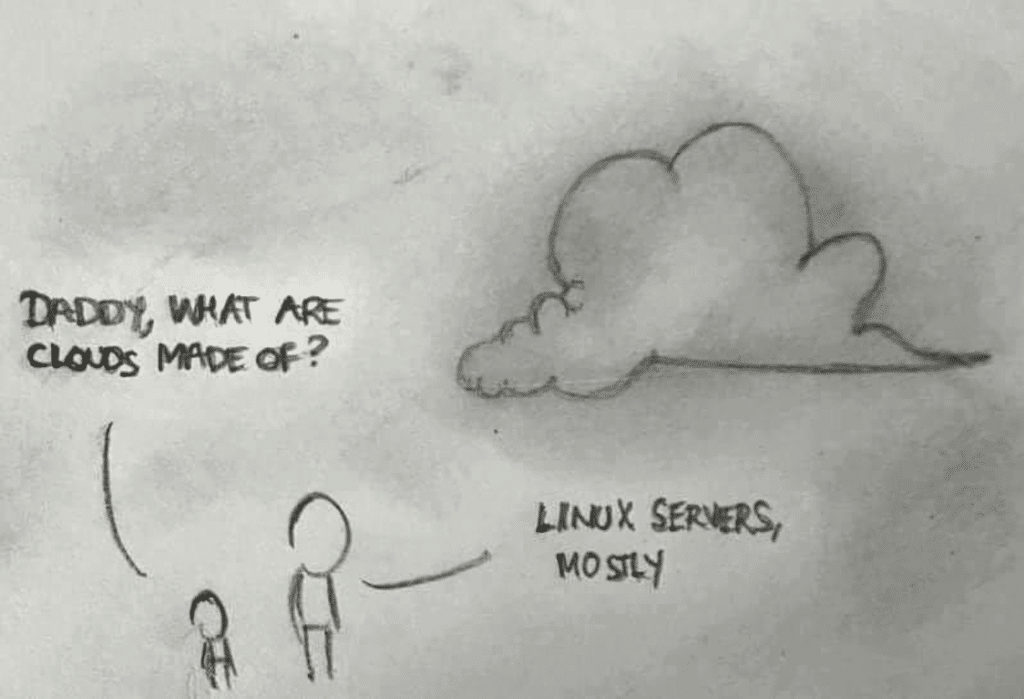
Cast an eye back five years ago, and the concept of Cloud was a fairly novel for a lot of Technology teams and decision makers across businesses. Fast-forward to the start of 2021, and Cloud computing is the backbone that supports an ever-increasing number of applications and technologies.
As Cloud adoption gains more momentum, here are three Cloud trends to keep an eye out for in 2021:

Trend 1 MLOps Delivery
DevOps practices have become common place over the past few years, breaking down silos between Development teams and Operations teams to create a system which emphasises workflow automation and CI/CD. At the same time, adoption rates for Machine Learning (ML) into businesses has sky-rocketed – demonstrated by a 270% increase in the number of businesses adopting AI over the past four years.
However, the issue with a lot of early-stage ML adoption is that it contains many manual steps. Teams are comprised of many Machine Learning Researchers and Data Scientists that can create fantastic models – but the entire process of development and deployment is mainly (or completely) manual. There can be a disconnection between the Data Science teams and Operations teams, which results in fewer releases, lower-quality product and increased toil on teams (manual, boring work).
The answer to this problem is MLOps.
What is MLOps?
MLOps is essentially applying DevOps best practices to ML. Google Cloud defines it as:
“An ML engineering culture and practice that aims at unifying ML system development and ML system operations.”
This means treating ML delivery in much the same way as regular software delivery, but also recognising the key differences. For example, ML involves a lot more trial and error, with more emphasis on development and testing. There are also key differences to what Continuous Integration (CI) and Continuous Delivery (CD) actually consist of for ML, as well as the added ingredient of Continuous Testing (CT) – where training and retraining of models is automated.
MLOps adoption is made possible by the increased capabilities and accessibility of the Cloud in conjunction with other existing third-party CI/CD, automation and monitoring tools. Through the use of Cloud providers, Data Science teams have access to:
- Readily available, inexpensive and specialised compute power
- An array of data storage options
- Scalable and reliable data engineering pipelines
- Dedicated, Cloud native AI/ML services to empower teams
We will certainly see a shift in practice and culture towards MLOps in companies that are already advancing on their Machine Learning journey. If you want to find out more, check out this article from GCP.
Trend 2 – QaaS: Quantum as a Service
Quantum Computing – if you’ve already come across the concept, you’ve probably heard them being described as the “next-generation super-computers”. Before getting into this trend, it’s probably useful to explain what Quantum Computing is, and how it differs from Classical Computing.
What is Quantum Computing?
Unlike their Classical cousins, who use binary to create and store data, Quantum Computers (QCs) use qubits. Instead of using ones and zeros, QCs harness the power of two interesting phenomena that occur in physics when dealing with particles on an atomic scale: quantum superposition and entanglement. Superposition means that particles can exist in two states simultaneously (eg. 0 or 1), due to uncertainty. The qubit is neither 0 or 1 but a combination of both. This makes QCs ridiculously fast at processing. Why? Well, because where classical computers can store bits as either 0 or 1, QCs can store both at the same time.
As you can imagine, QCs are extremely difficult and expensive to produce and require complex quantum algorithms to operate.
Quantum Computing on the Cloud
Thankfully, no longer will you need access to a top-class research lab to take advantage of the immense power of QCs – it will be offered as a service!
AWS have been one of the first providers to unveil this new, fully managed service, called Amazon Bracket. They are providing customers with development environments to explore quantum algorithms, as well as build and test their own on both quantum simulators, as well as various quantum hardware.
Google Cloud Platform are offering something similar. Currently in alpha, Cirq is a Python library for designing quantum circuits. It can be run via simulation on any GCP hardware, or via Google’s very own quantum processors, via the Quantum Computing Service.
The applications of QCs are phenomenal, with one of the main benefits being Quantum Machine Learning. One such example is TensorFlow Quantum, which is an open-source library for the rapid prototyping of quantum ML models.
From drug discovery to cyber security, the applications for Quantum Computing are incredible, and increased accessibility via Cloud services is a monumental step forward.
Trend 3 – Cloud-First Culture
Not quite as glamorous as Quantum Cloud Computing, but still essential for businesses in 2021: Cloud-first Culture.
The business benefits of Cloud are well documented now, but for large companies, who have previously invested in data centres, the journey to Cloud is not something that will happen overnight – it’s a transition. Regardless of whether a company is a major High Street bank with tonnes of legacy tech, or a brand-new start-up with minimal overheads, it’s the culture that is crucial.
Companies need to be Cloud-first… or come last.
What exactly is ‘Cloud-First’ culture?
Cloud-first culture means fostering a mindset within a company which looks primarily to the Cloud for solutions, with staff who are well educated with Cloud expertise (of one provider or more) and are trained to use it. This means that it is not merely enough to bring in some contractors to perform a few migrations or develop a couple of Cloud-native app – it requires an entire company-wide shift in mentality.
For many large companies, the Cloud journey may be a long one. It’s not straightforward to simply move away from the old ways of working, with a workforce only trained to work on traditional on-premises applications. The first stage (and the most important) of a Cloud transition is embracing the ‘Cloud-First’ culture. This means:
- Investing in education and re-training to make staff Cloud focussed
- Making every effort to migrate on-prem applications to the Cloud, where appropriate
- Employing the right talent to bolster Cloud development efforts
- Designing only Cloud-based solutions for new applications
A sidenote about migrations: it may sometimes be the case that a ‘lift-and-shift’ approach to migrating may be enough, but more often than not, application modernisation is required as part of a successful migration from on-prem to the Cloud. Other times, it may also be the case that a hybrid Cloud solution is the best fit for migration, which will certainly continue to be popular in 2021.
Cloud-first culture is nothing new, but it is now more important than ever. Any companies that fail to grasp this culture shift with both hands risk falling into technological oblivion.




